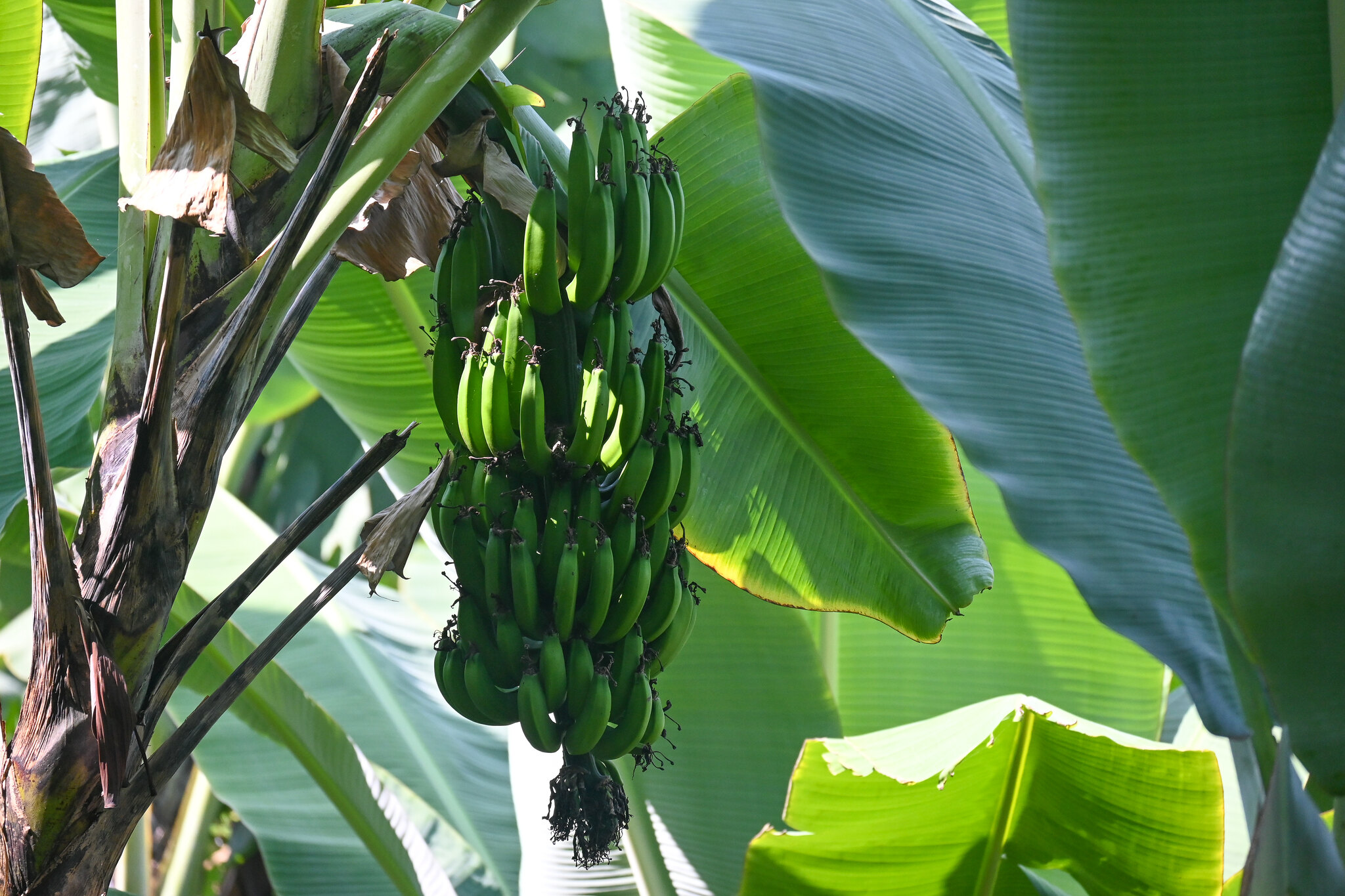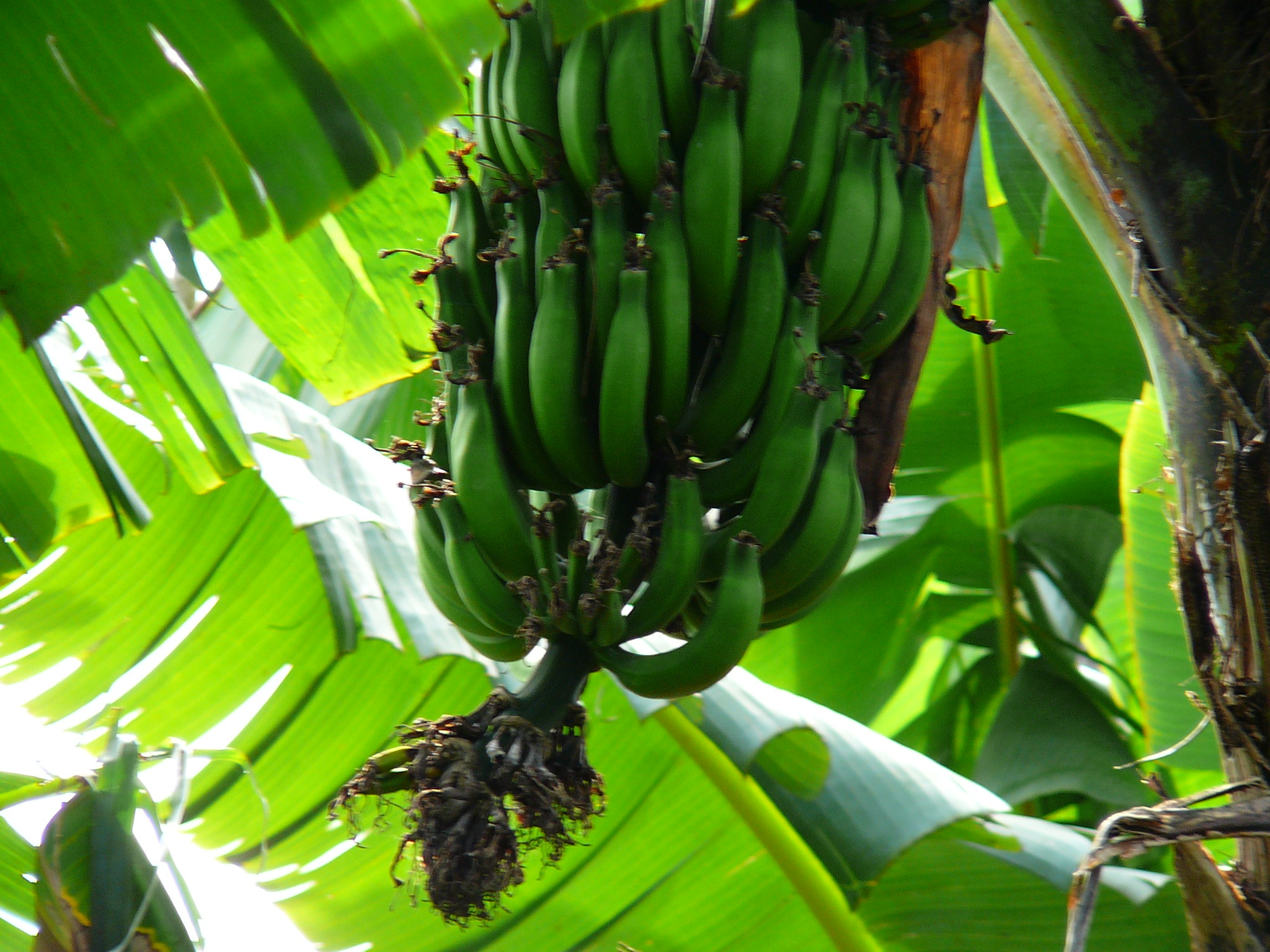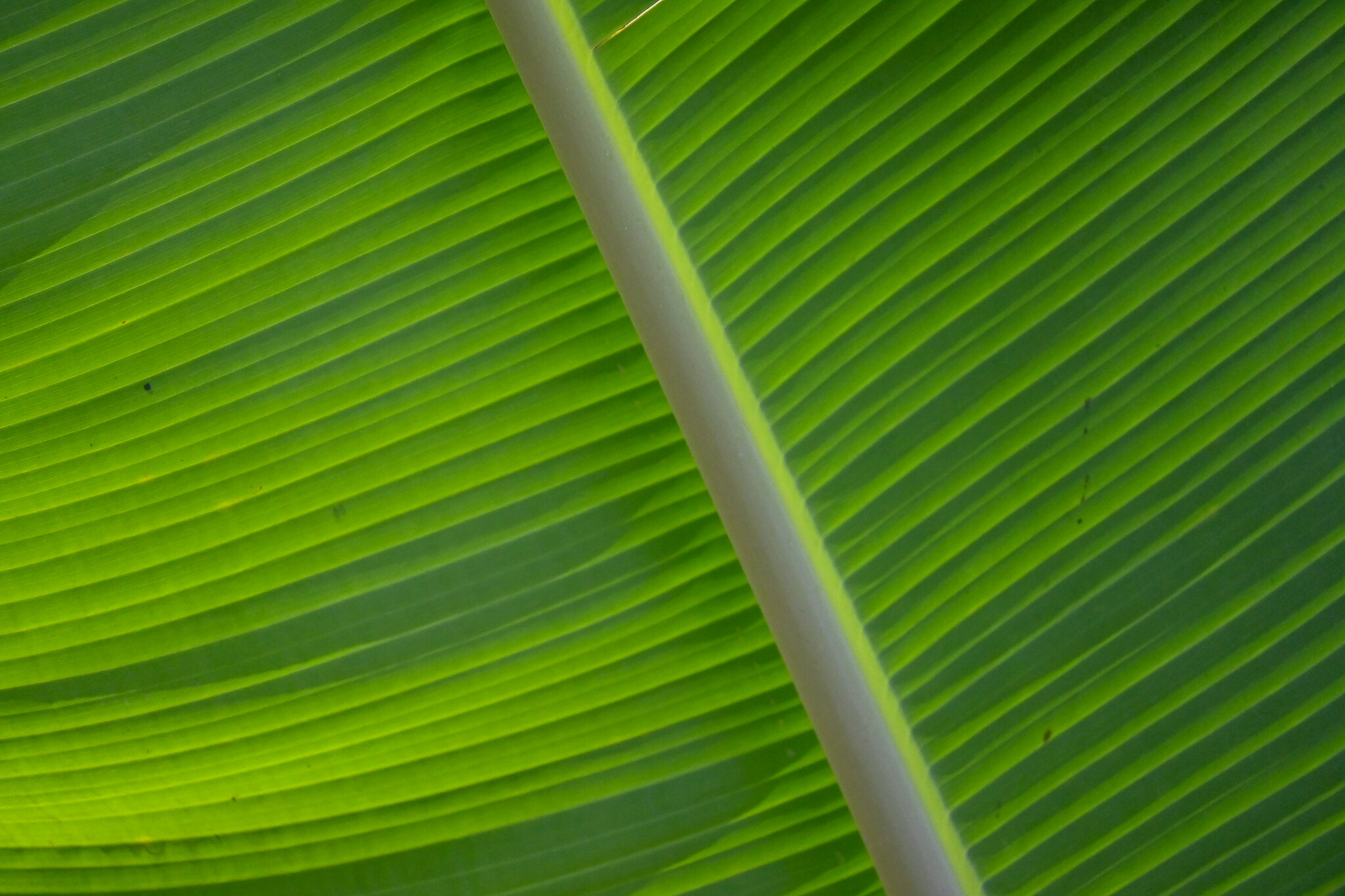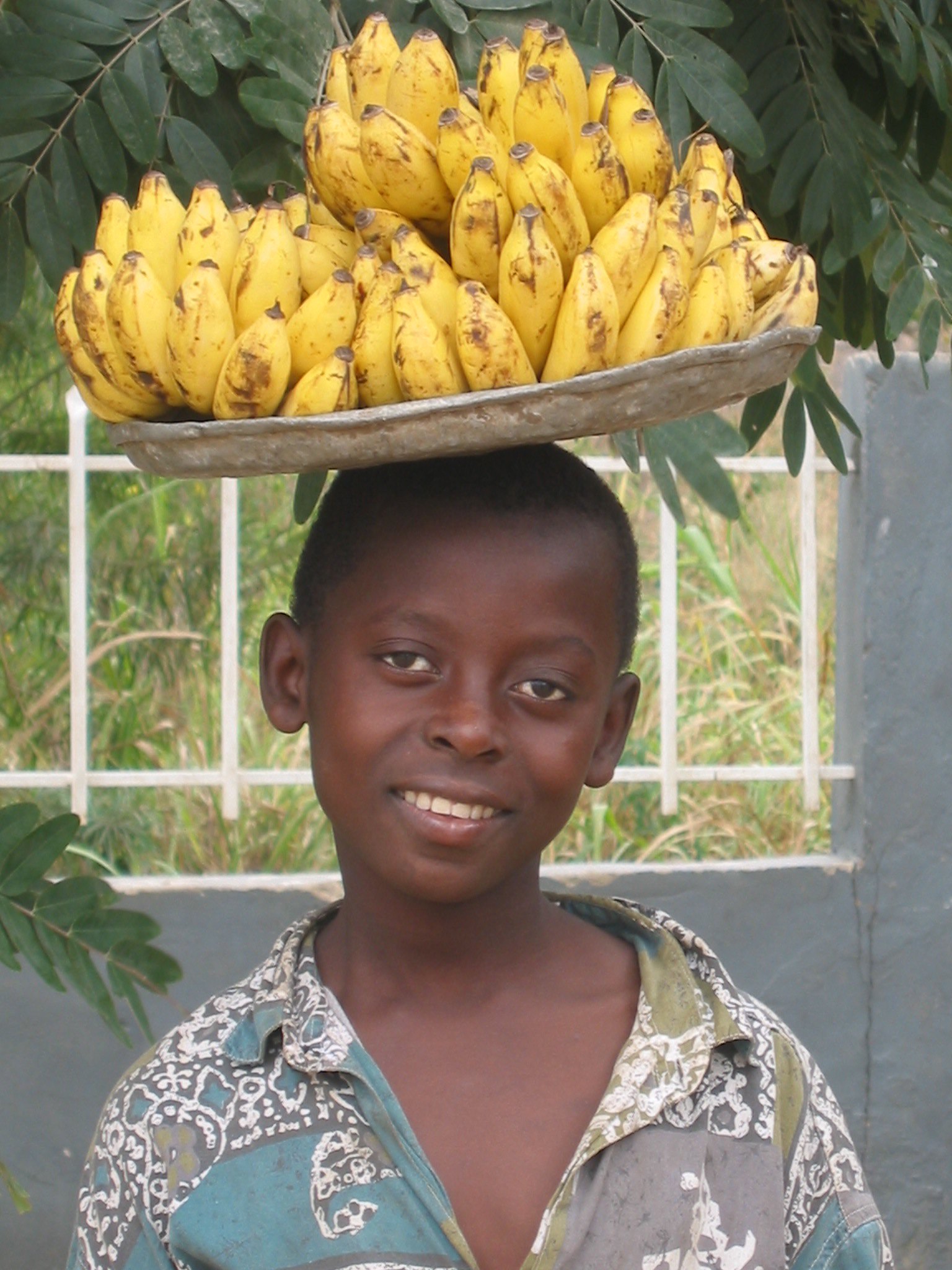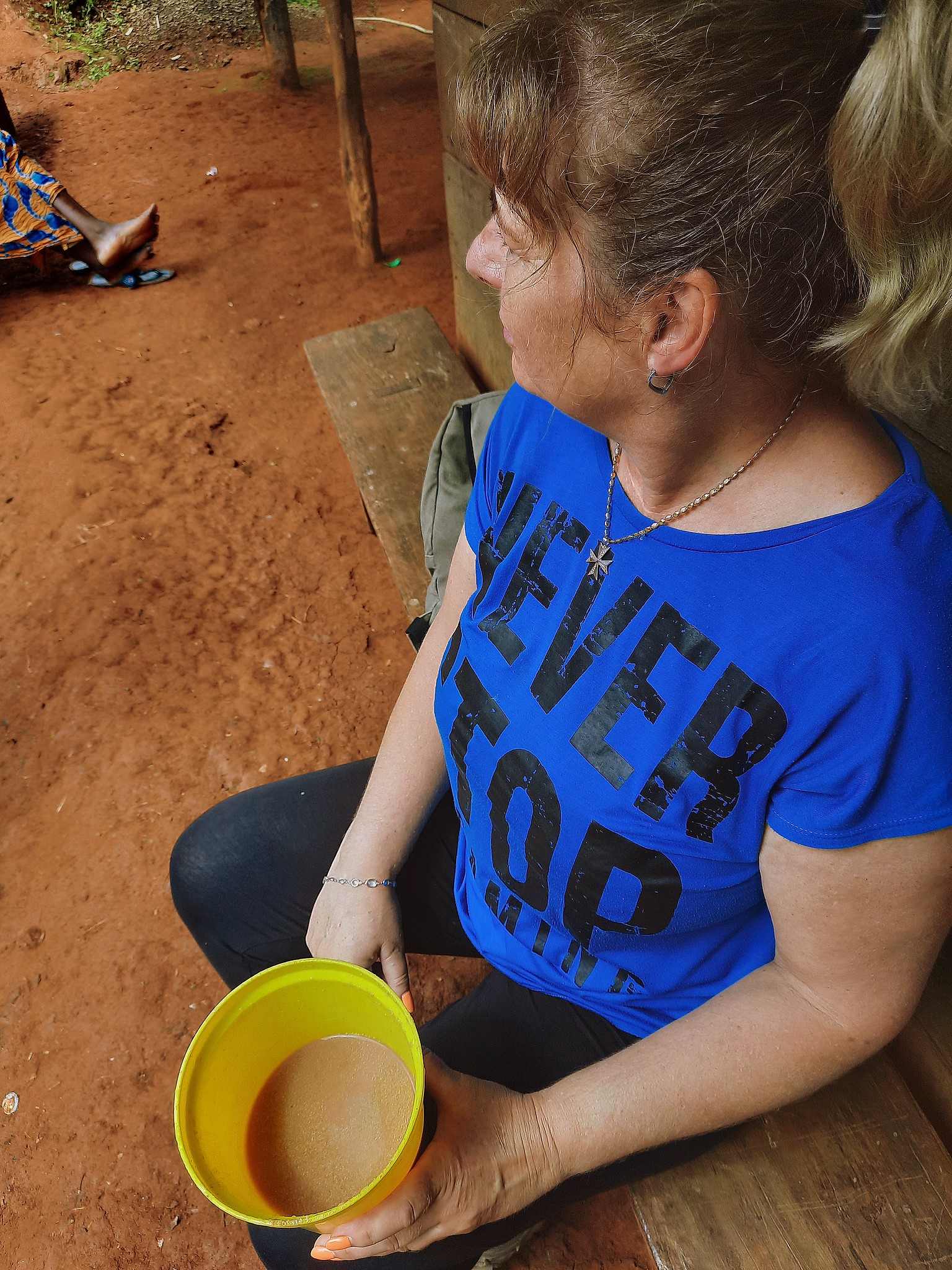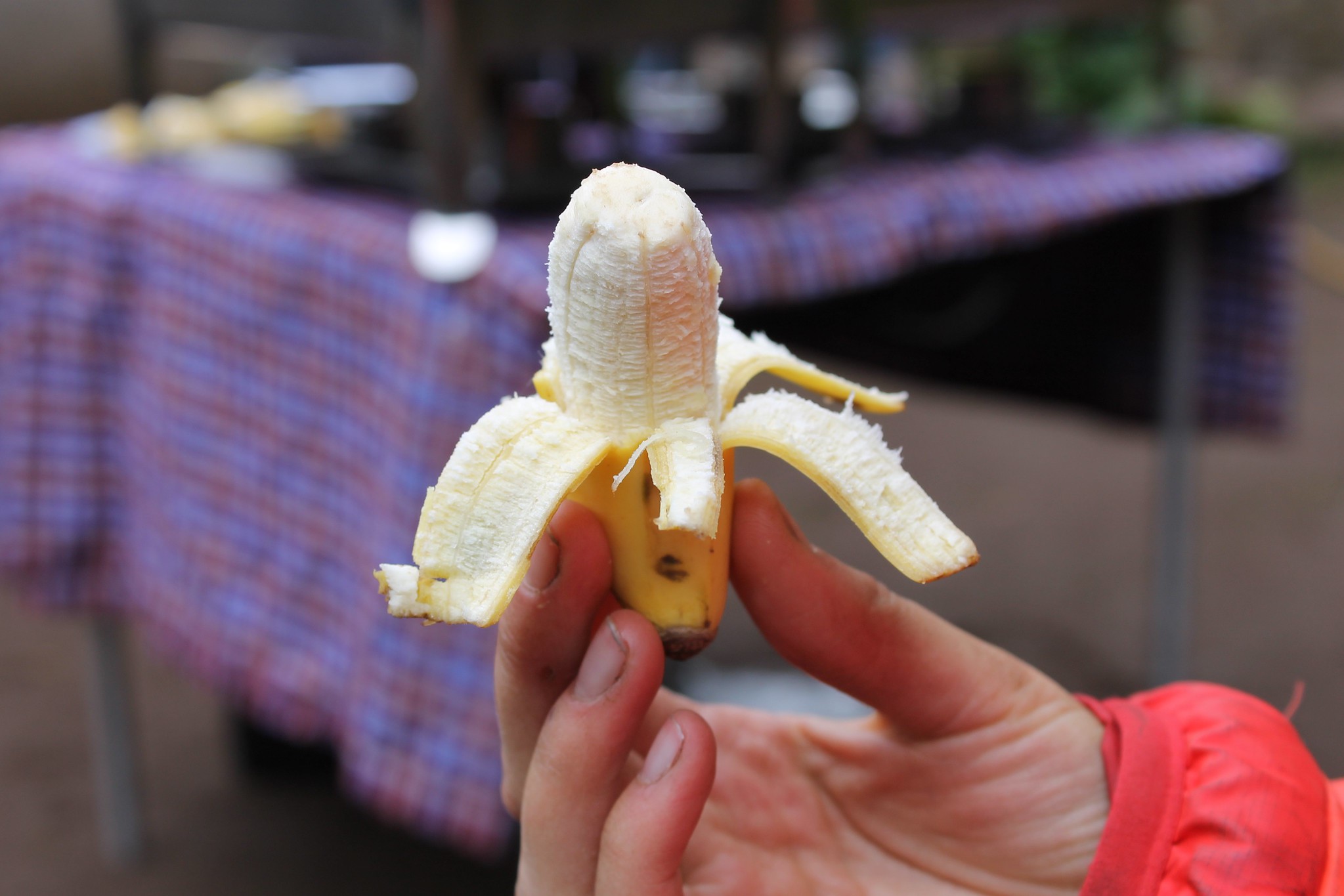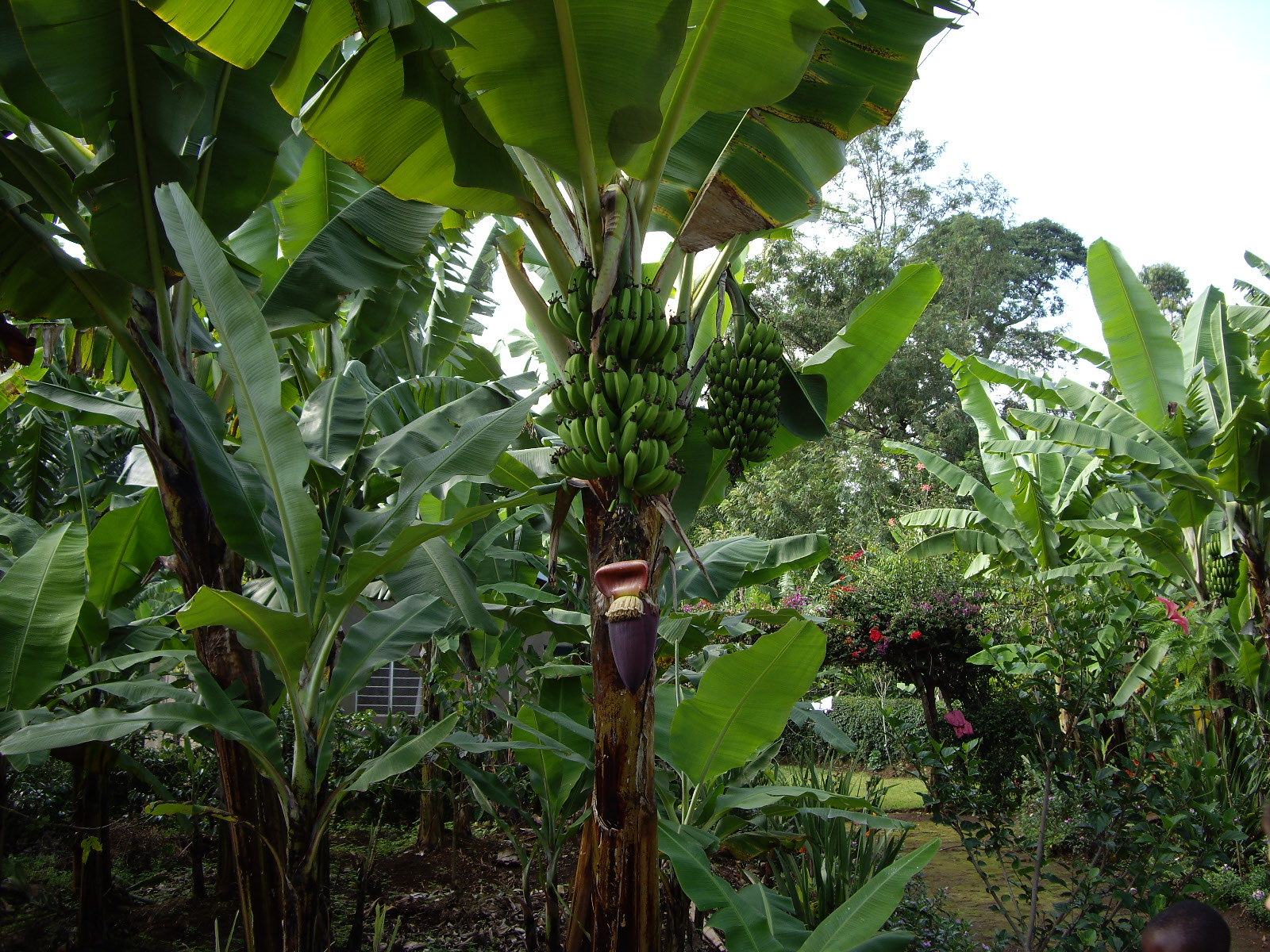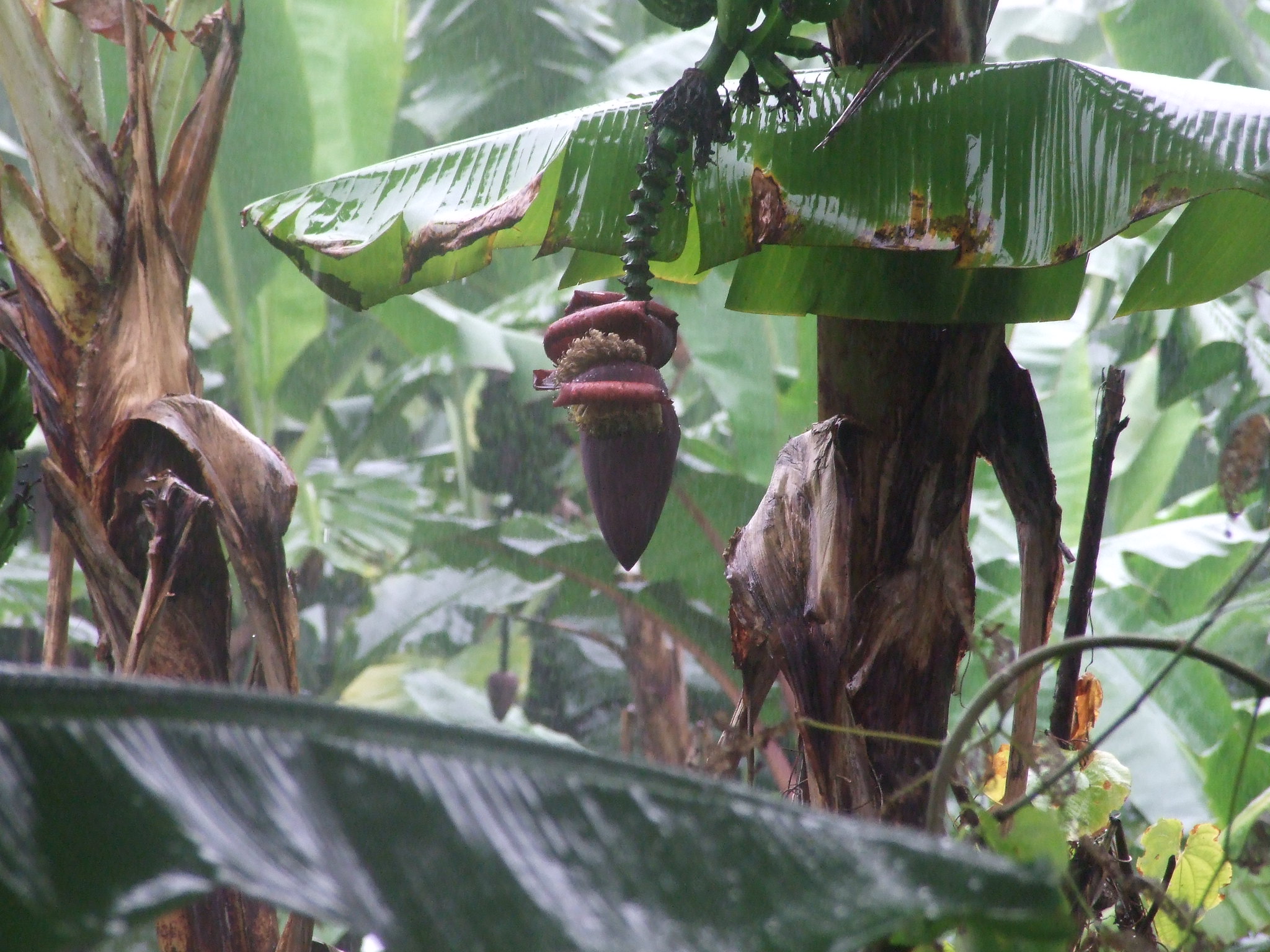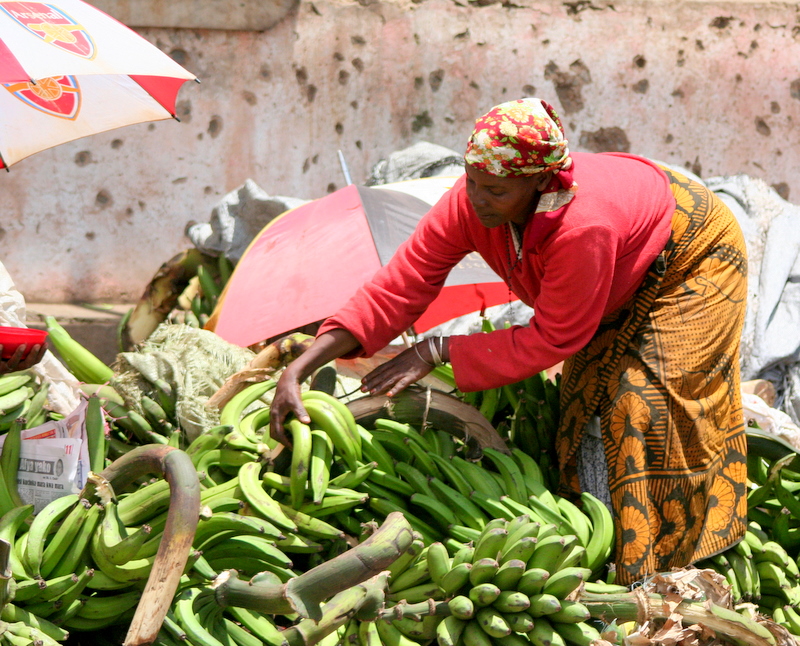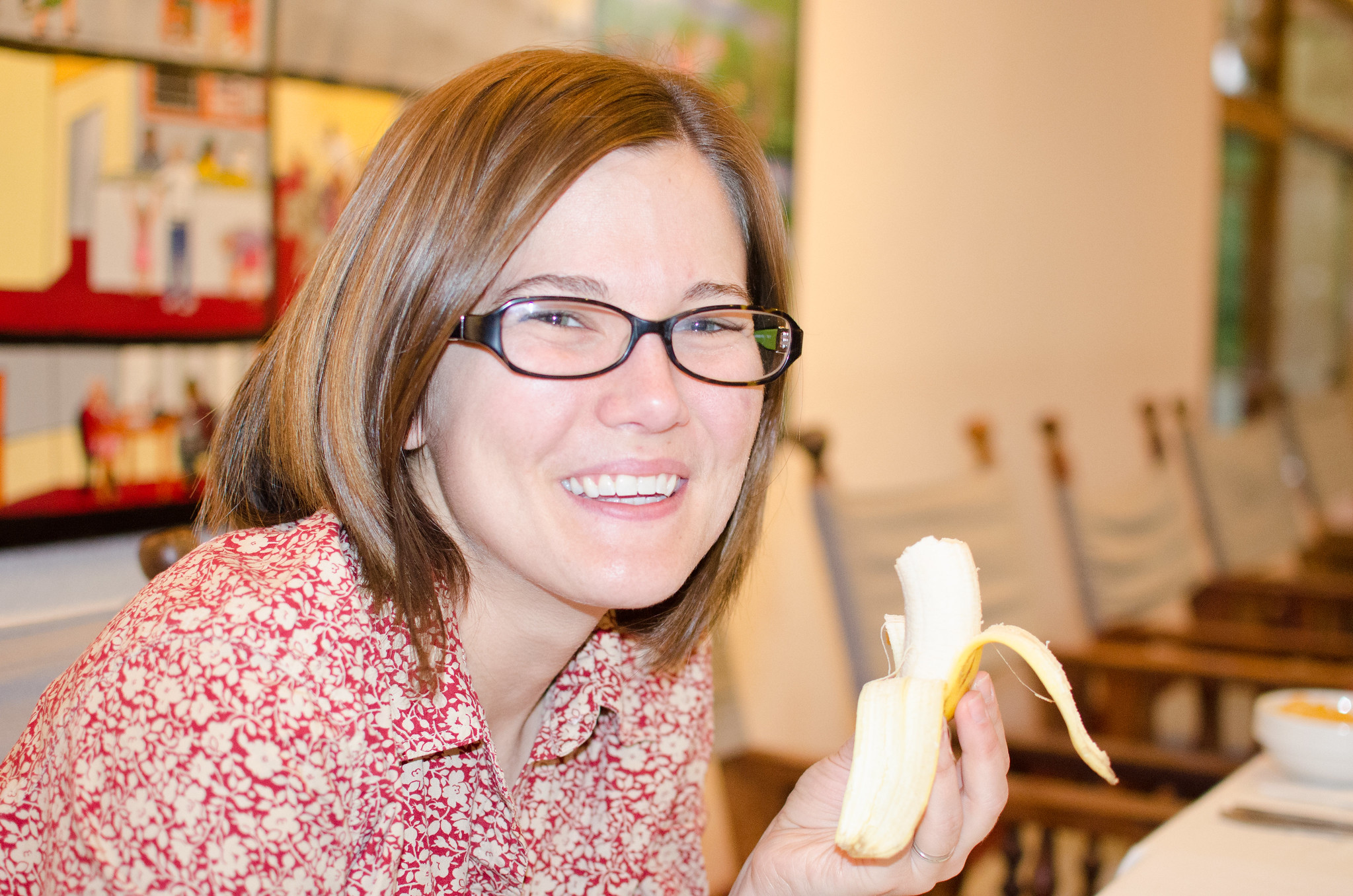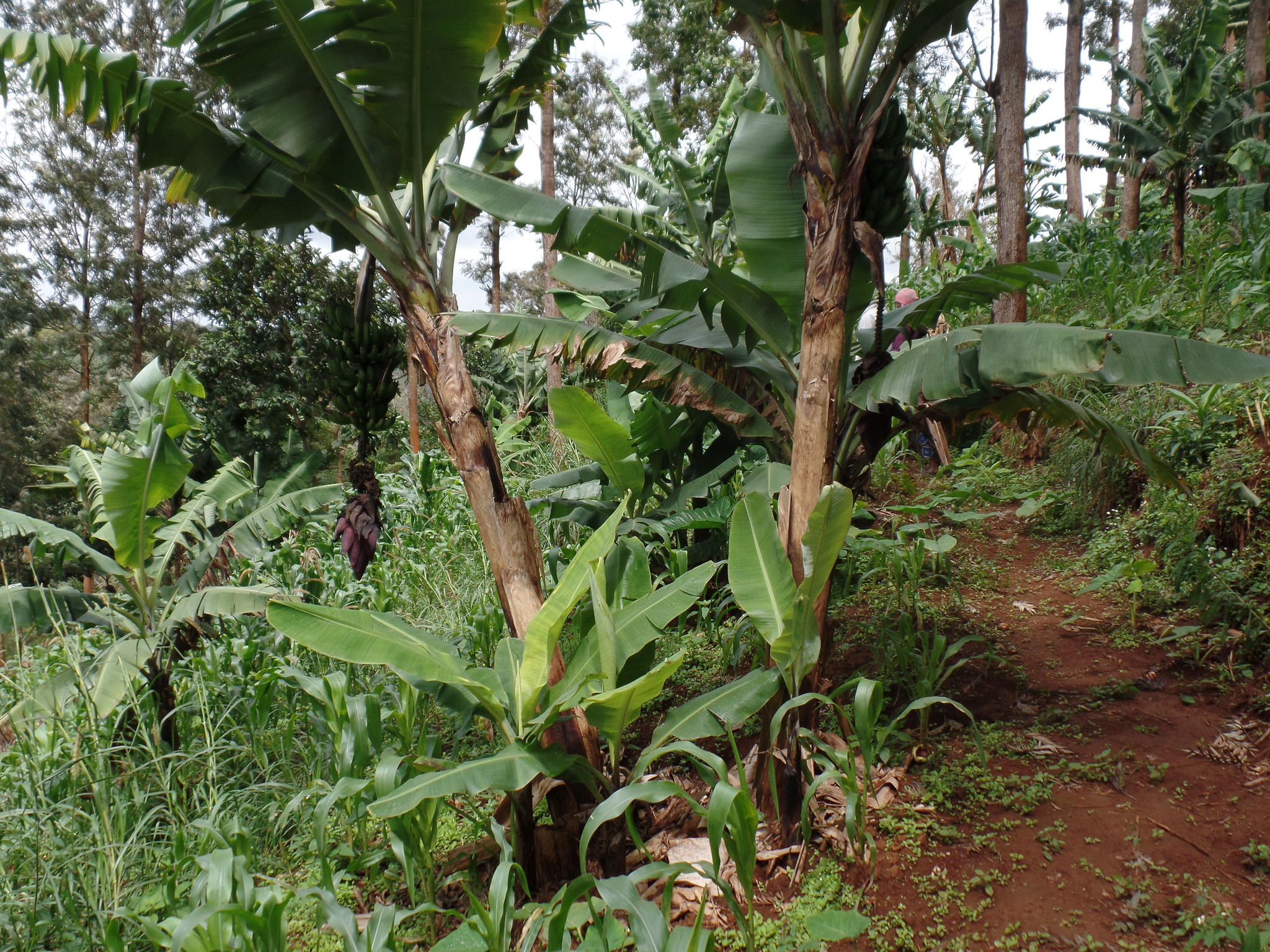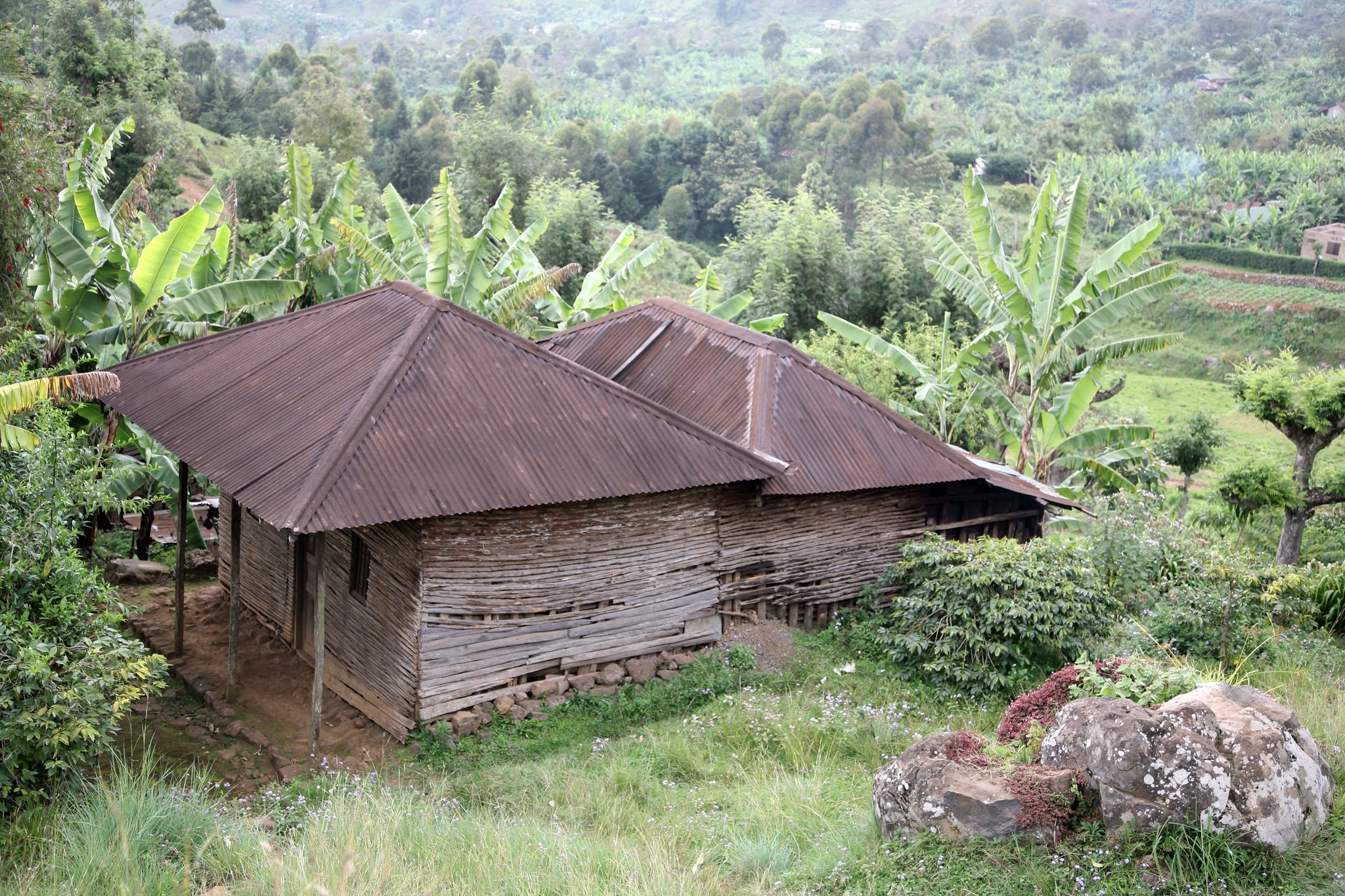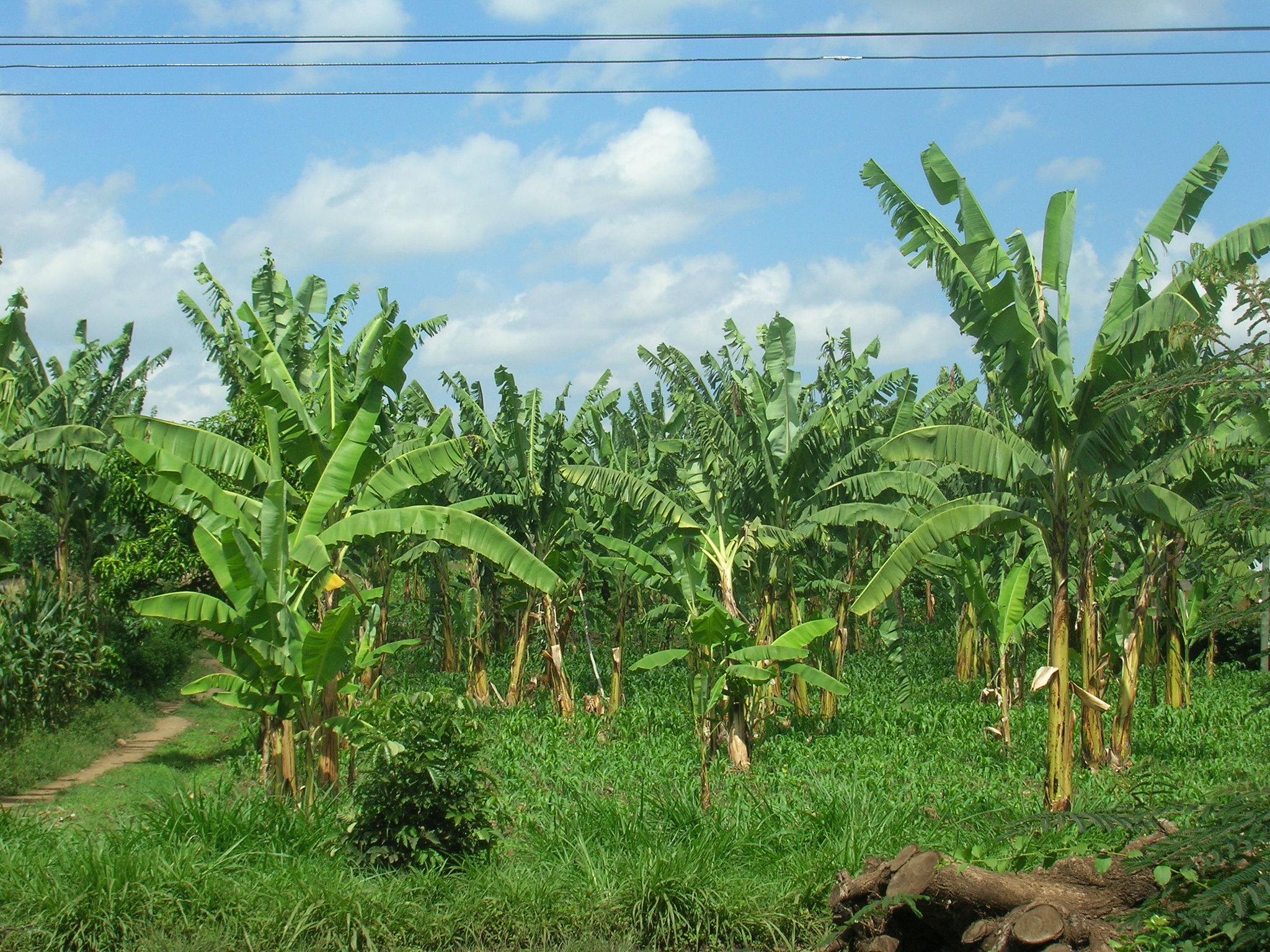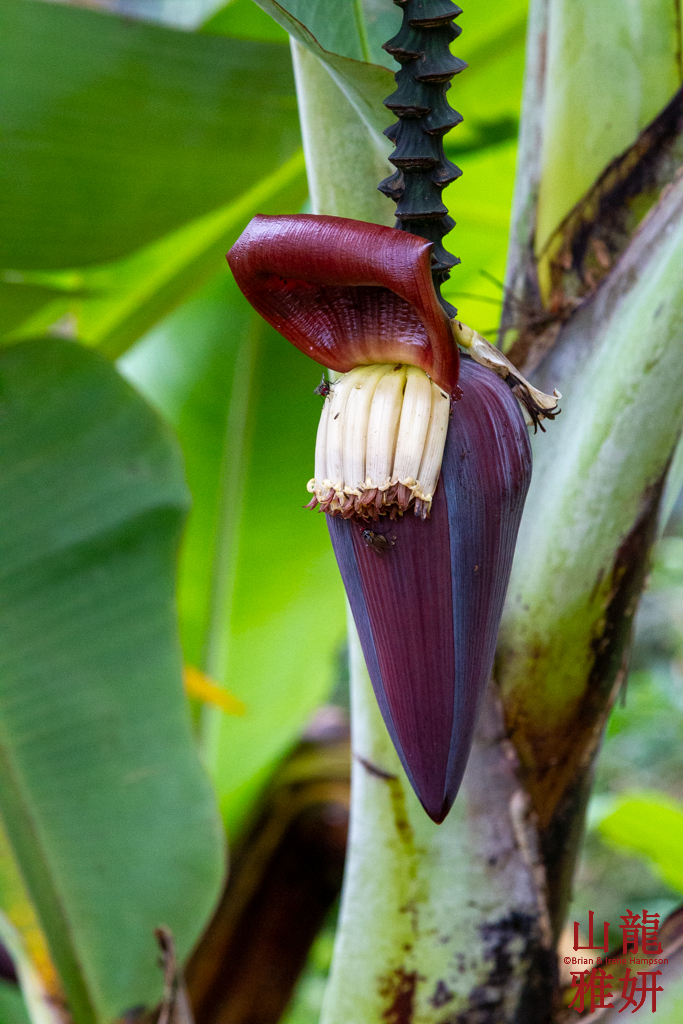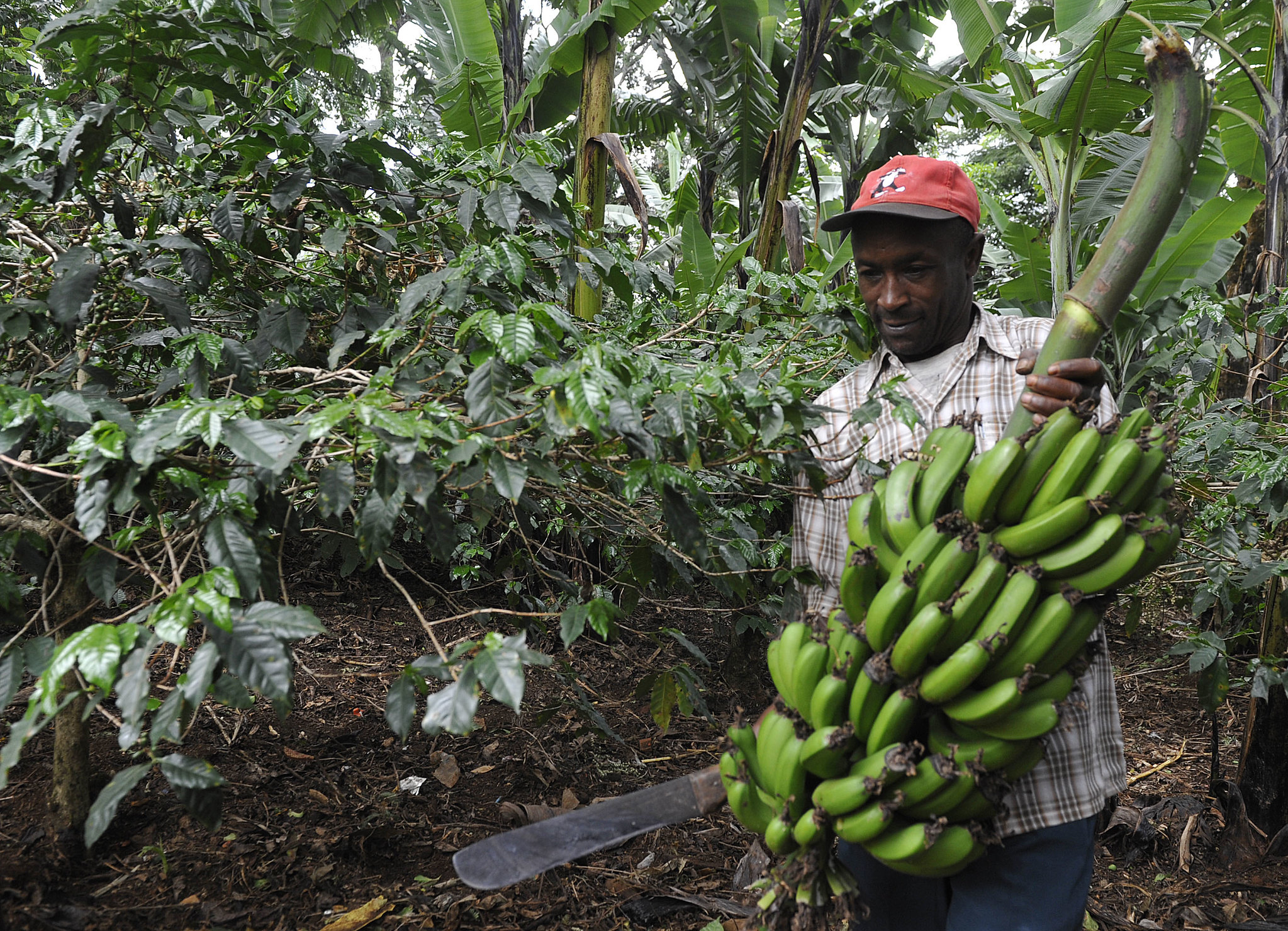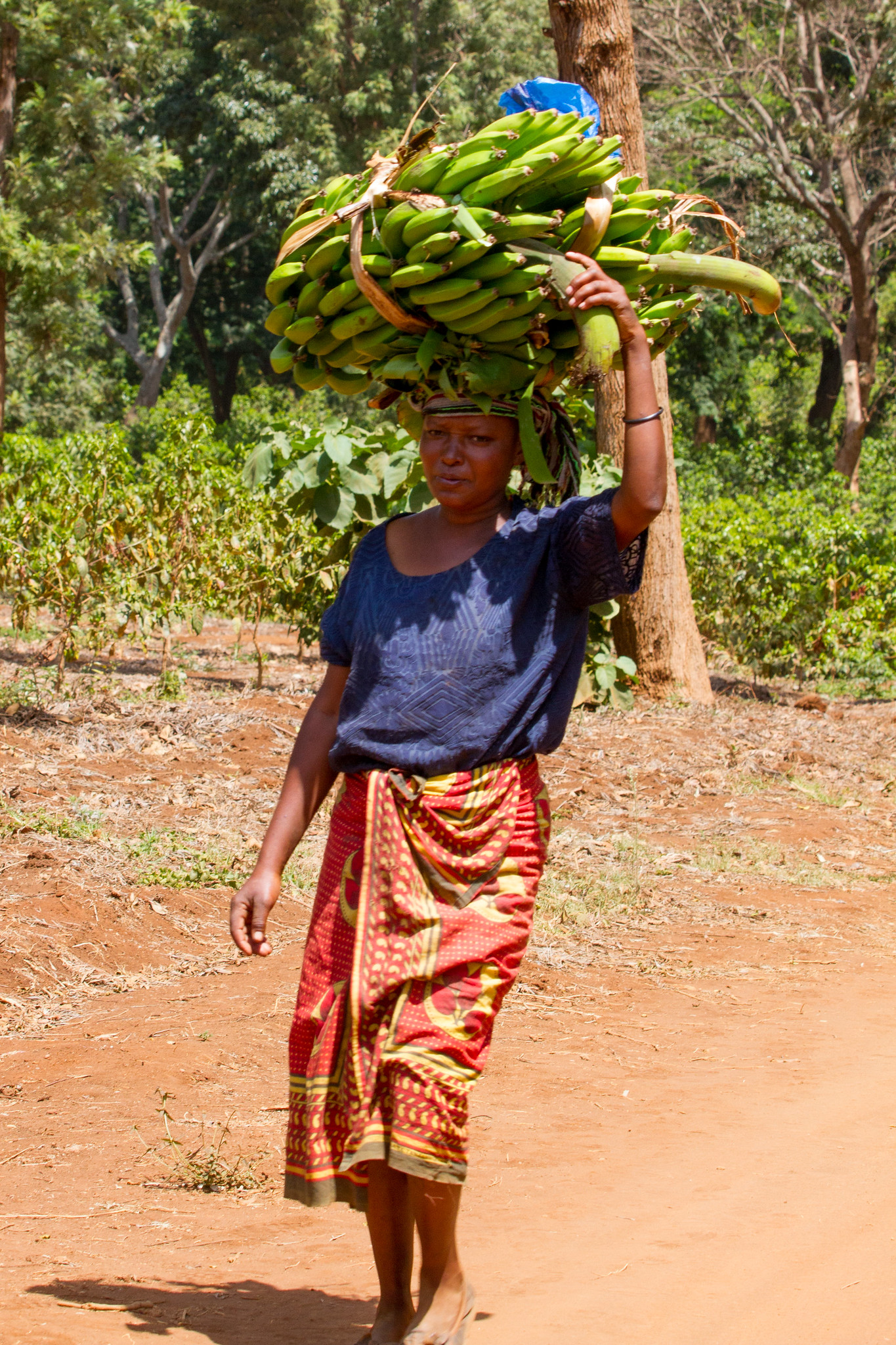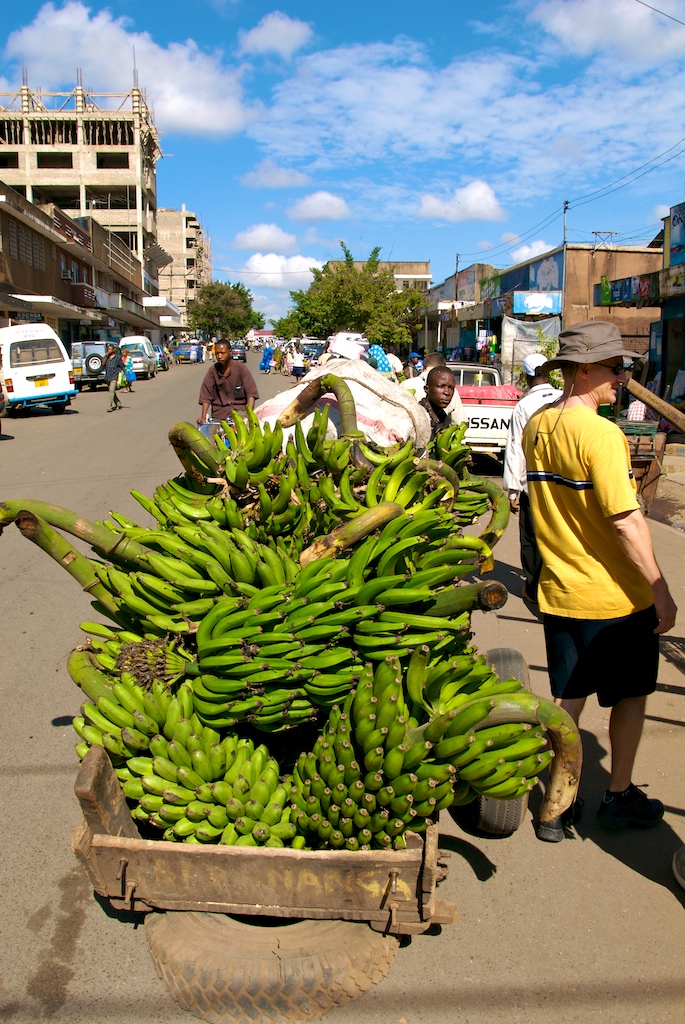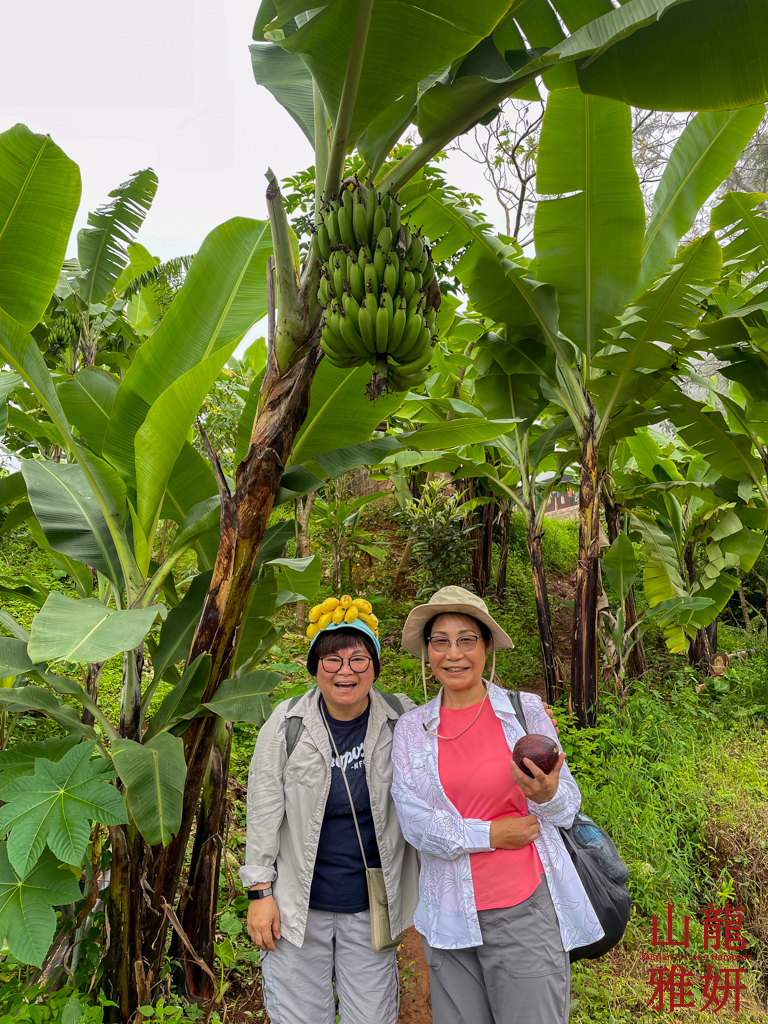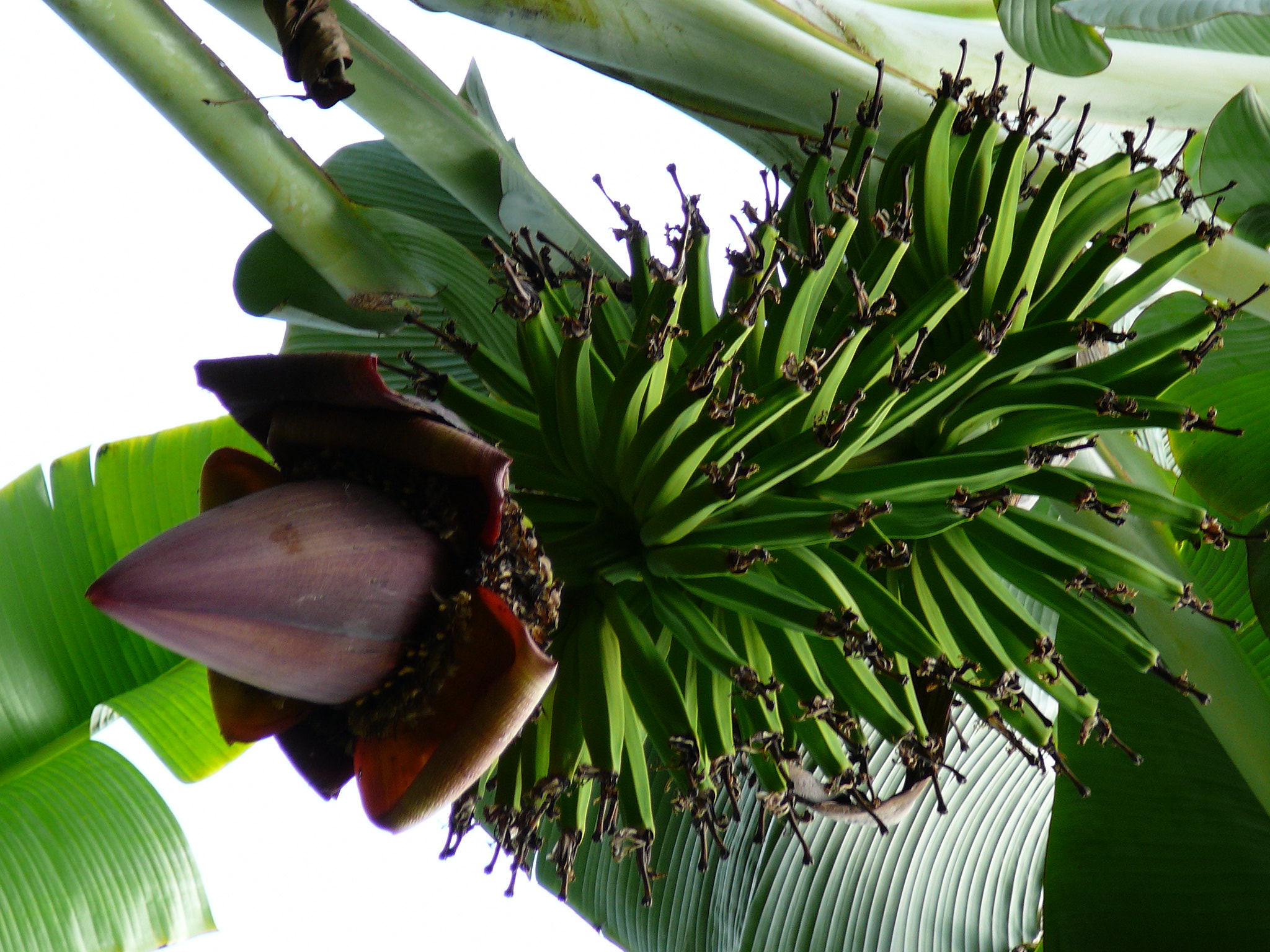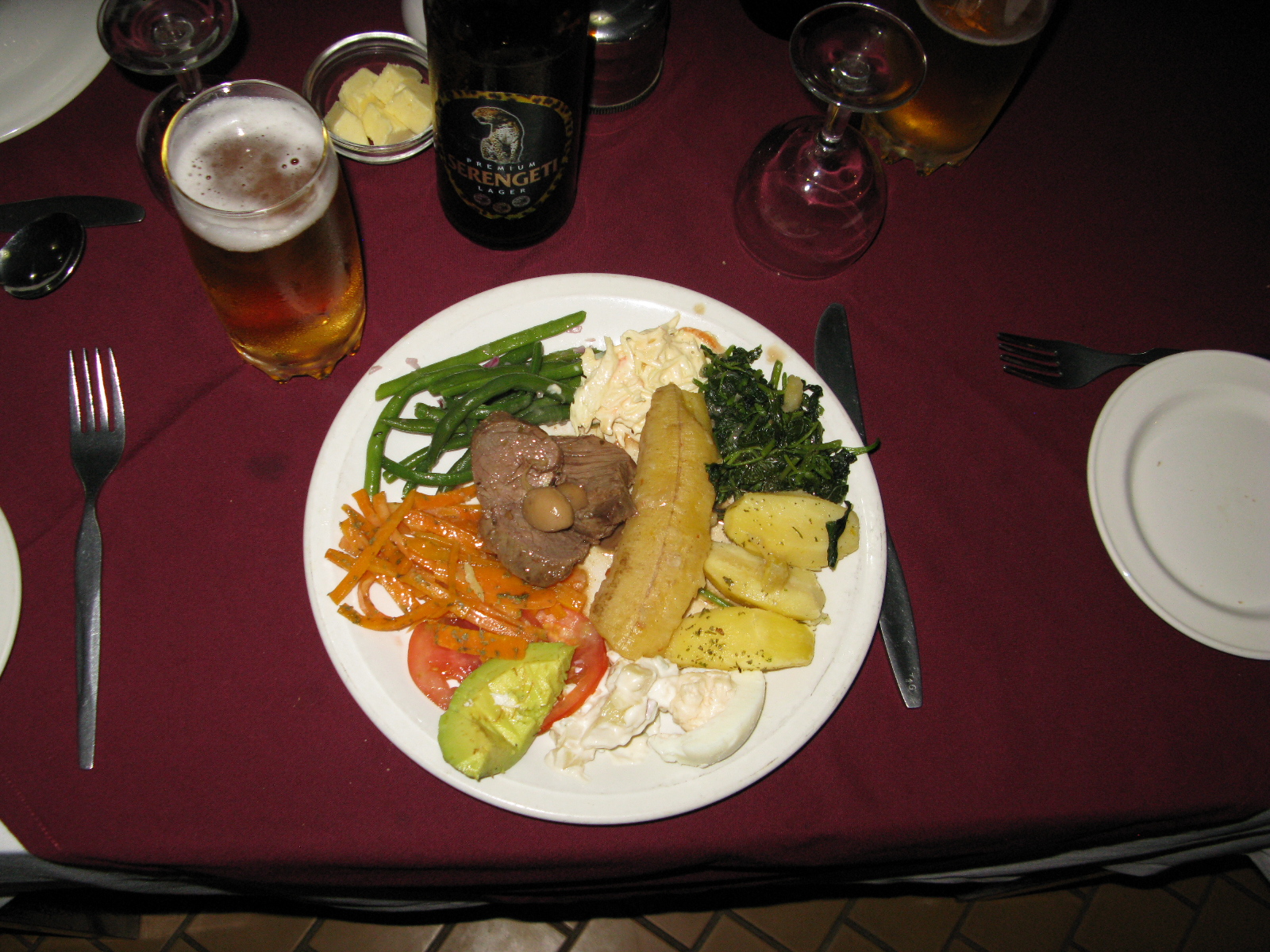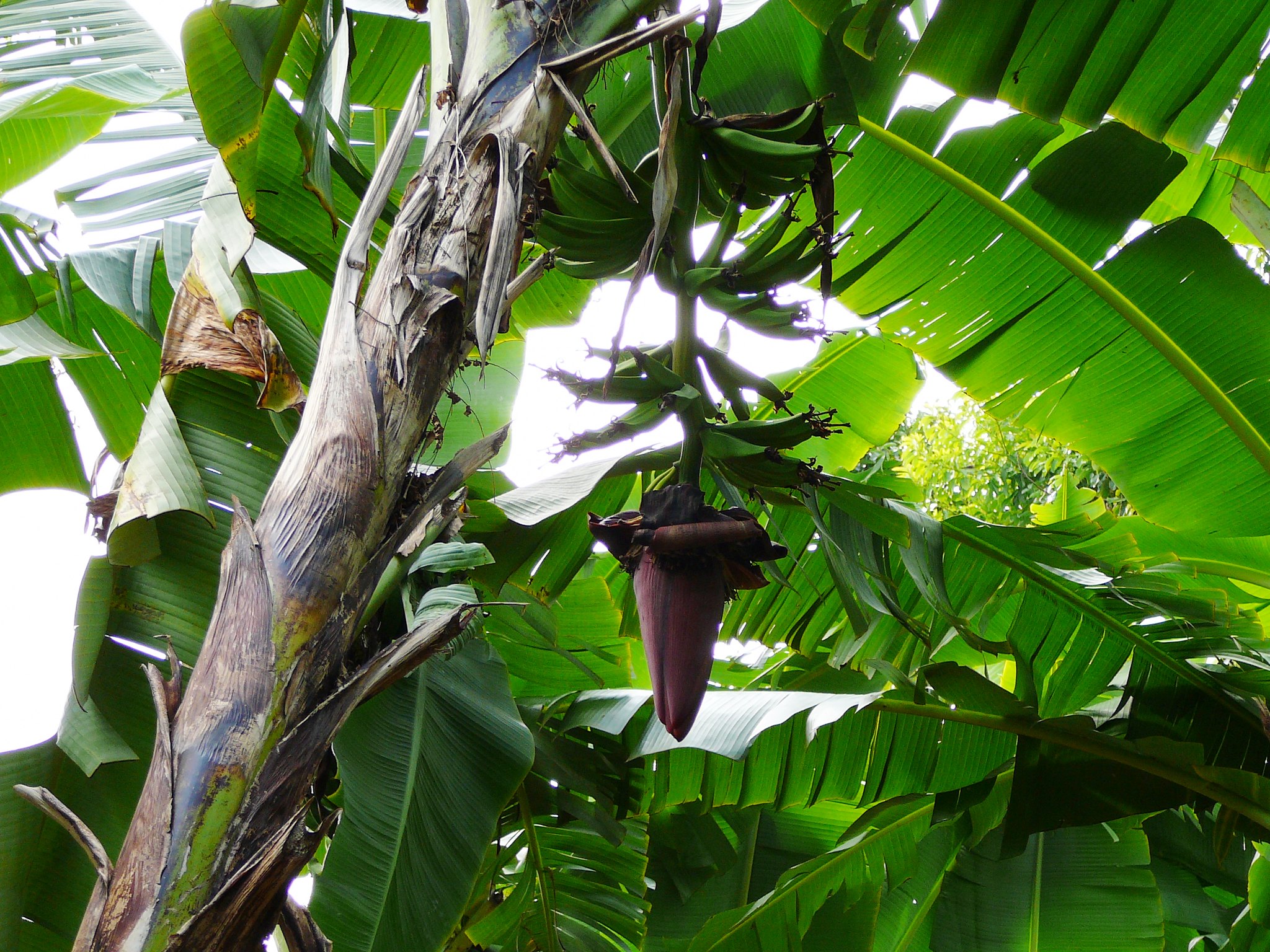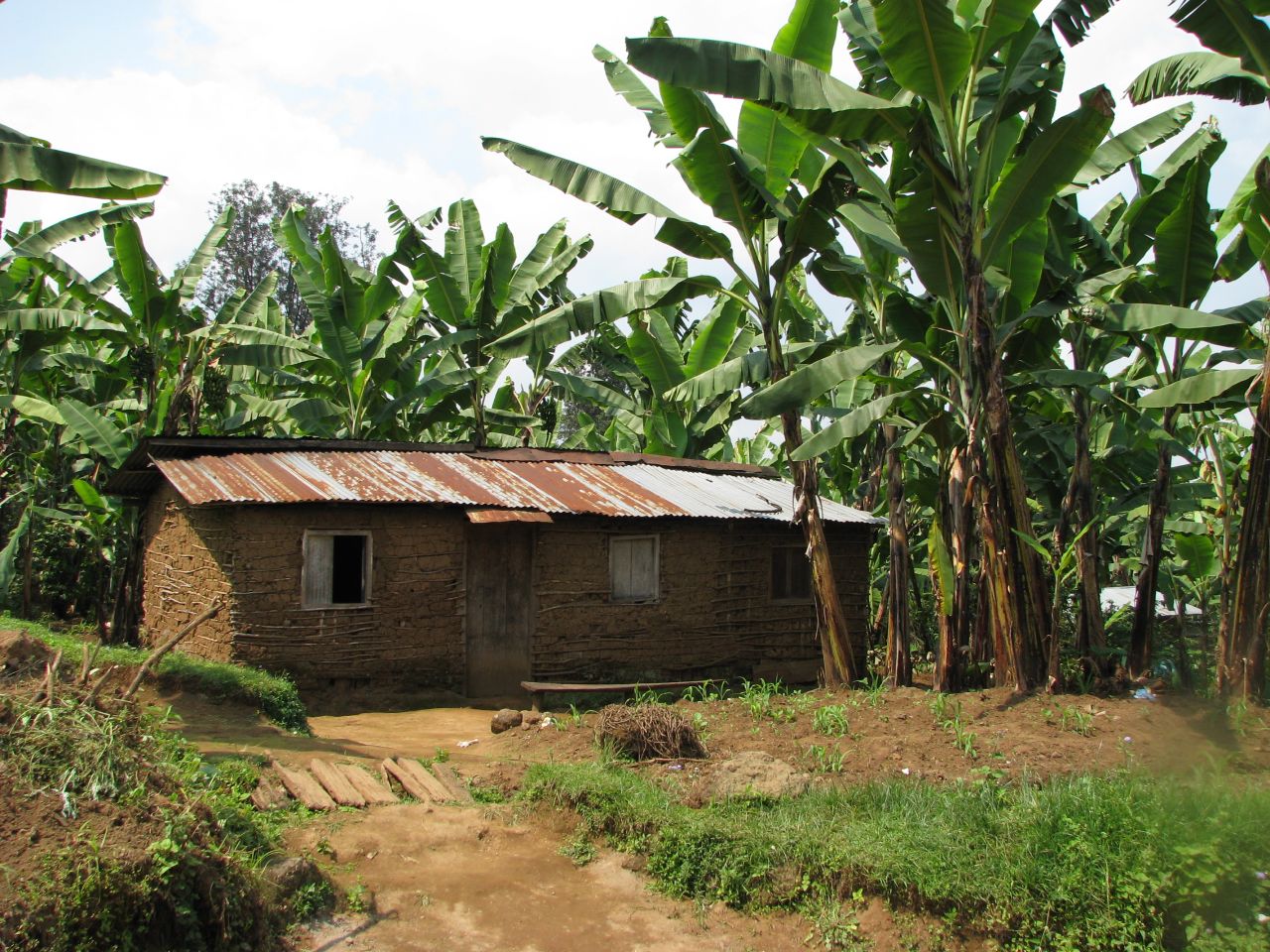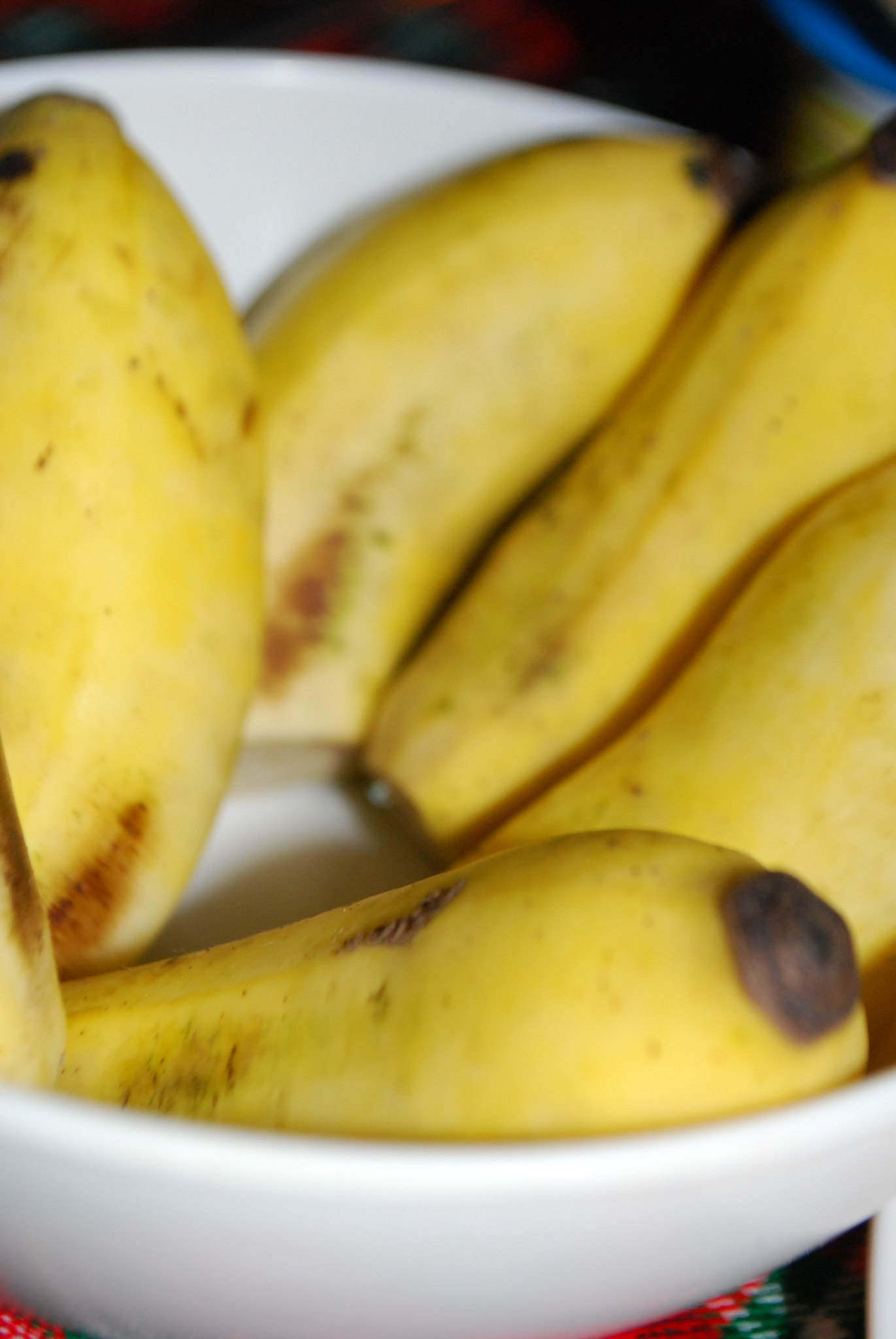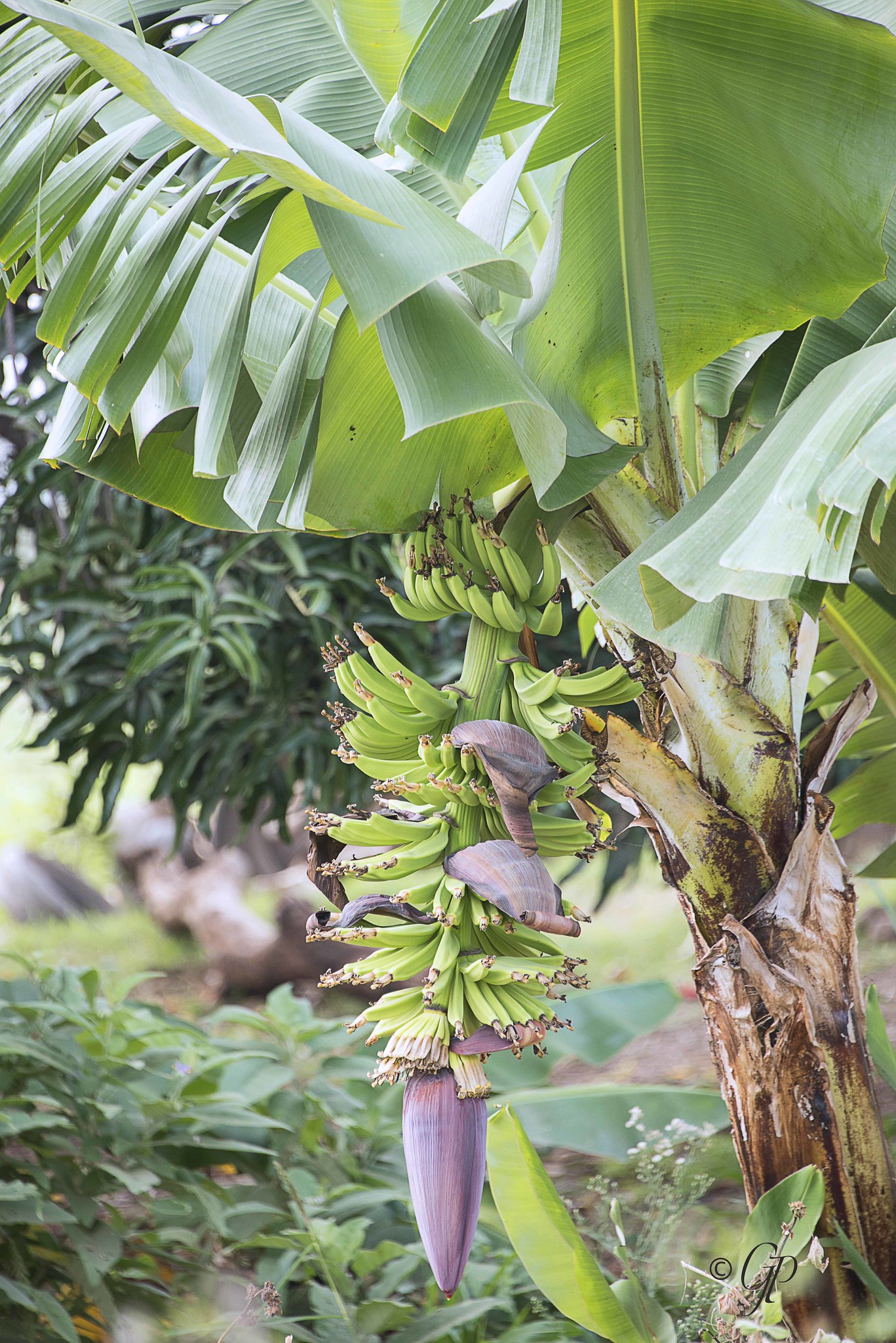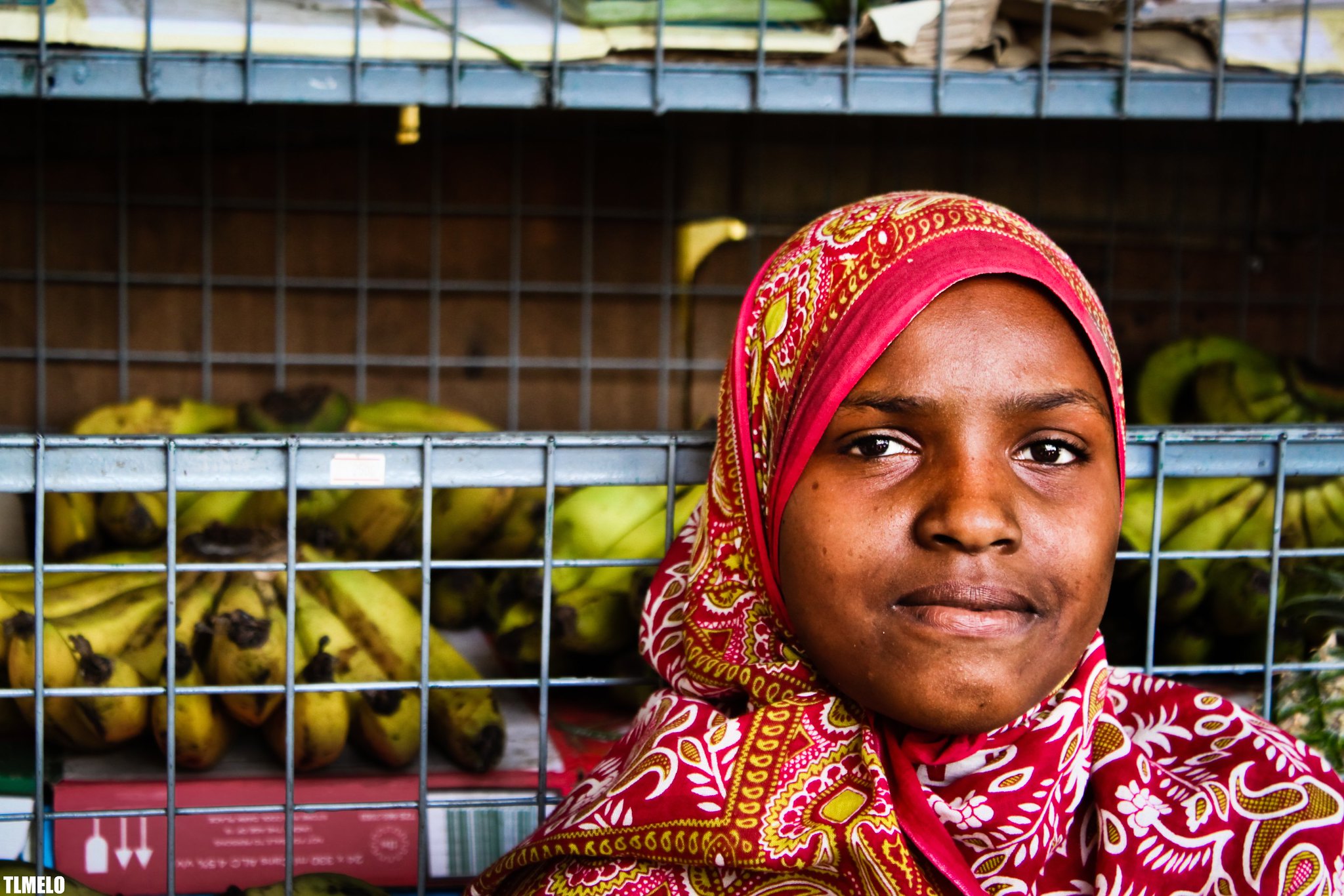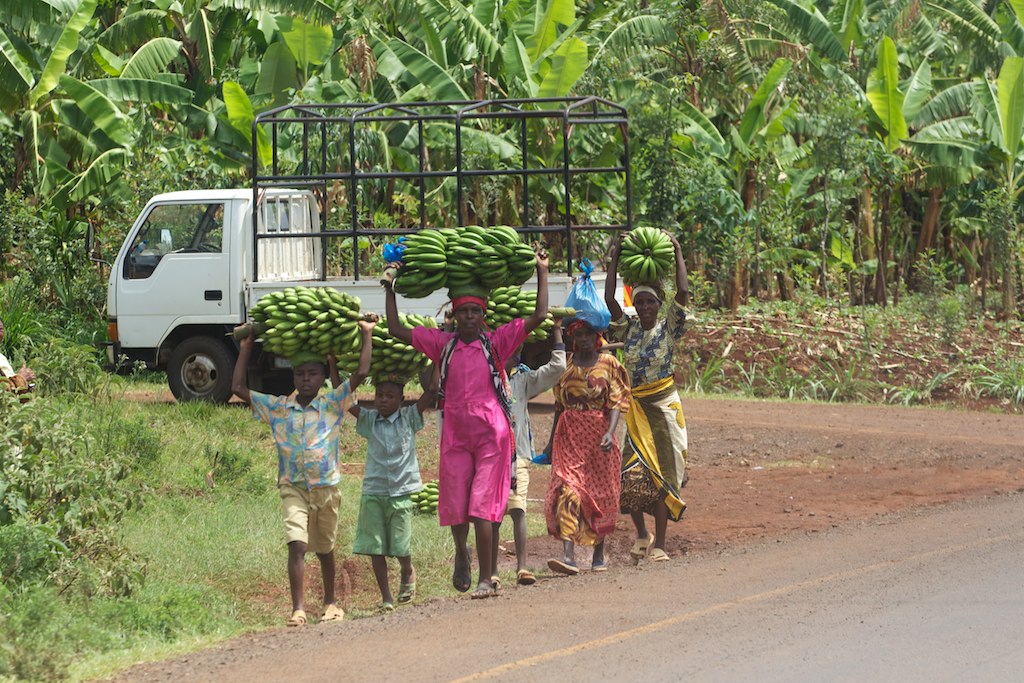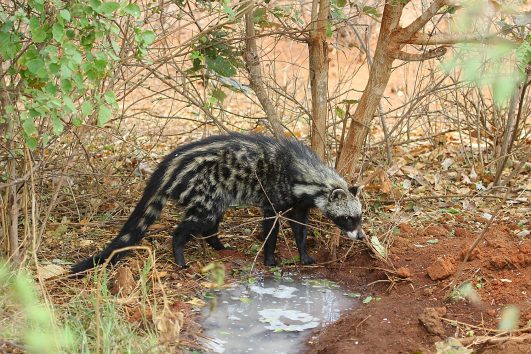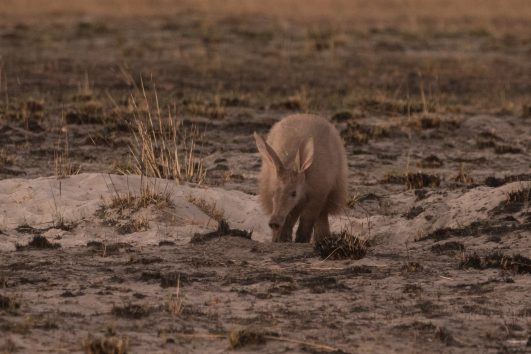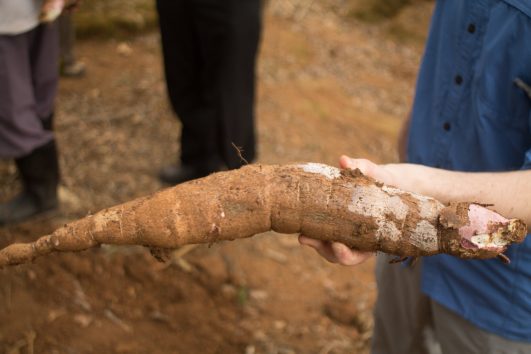The banana plant (genus Musa) is often mistakenly called a tree, but it’s actually a herbaceous perennial. Bananas are a cornerstone in the dietary and economic landscape of Tanzania, a country where this fruit not only serves as a dietary staple but also as a key agricultural commodity. In Tanzania, bananas are more than just food; they are a vital source of income for countless small-scale farmers, contributing significantly to both local and national economies.
Tanzania ranks among the top banana producers in Africa, with cultivation thriving in areas like Kilimanjaro, Arusha, Kagera, and Mbeya. The banana’s versatility makes it a fundamental carbohydrate, vitamin, and mineral source for millions. Beyond consumption, bananas generate revenue through sales in local markets and occasionally in export to neighbouring countries like Kenya, Malawi and Zambia. The banana industry supports a wide range of activities from farming to processing, creating jobs and economic opportunities.
In Tanzanian cuisine, bananas appear in various forms, from ripe snacks to cooked dishes like banana stew, fried plantains, and the beloved matoke, a dish of steamed or boiled mashed bananas, particularly popular in Kagera. Apart from coffee plantations sprawling all over northern Tanzania and Moshi, in the Kilimanjaro region, every homestead must have a banana tree within and they have different types or species of bananas like Mzuzu, Mshare, Bukoba, Mtwike na Kisukari, Malindi, matoke. This is evident as even the local brew, Mbege is made out of bananas. Below we highlight the different types of bananas grown around Tanzania.
1. Mshare Bananas
- Description: Mshare bananas are one of the most popular banana types in Tanzania, especially in the Kilimanjaro region. They are considerably long, firm, and not sweet, often enjoyed as an accompaniment for stews and grilled meat (Nyama Choma) or mishkaki.
- Uses: Eaten cooked, used as a main dish, or as a snack. Also used to make local beverages.
2. Matoke (Plantains)
- Description: Matoke is a type of banana that is typically cooked before eating. These bananas are larger and firmer than dessert bananas and are green when harvested.
- Uses: Commonly used as a staple food in many Tanzanian households. Matoke is boiled, mashed, or fried and is often served with sauces, meats, or beans.
3. Red Bananas
- Description: Red bananas are shorter and plumper than the common yellow bananas, with a reddish-purple skin. The flesh is sweet and has a slight raspberry flavor.
- Uses: Eaten raw or used in desserts. They are also used in smoothies and fruit salads.
4. Ndizi Kisukari (Sugar Bananas)
- Description: Ndizi Kisukari are small, sweet bananas that have a very intense flavor. They are highly prized for their sweetness.
- Uses: Typically eaten fresh as a snack or dessert. Also used in making banana beer or wine.
5. Giant Cavendish
- Description: This is a commonly grown variety in Tanzania, known for its large size and sweet flavor. It is similar to the Cavendish bananas found in many parts of the world.
- Uses: Eaten raw, used in baking, or added to fruit salads.
6. Apple Bananas (Ndizi Ndogo)
- Description: These are small, sweet bananas with a slight apple-like flavor. They have a thin skin and are usually eaten when fully ripe.
- Uses: Popular as a snack, in fruit salads, or used in making banana desserts.
7. Gros Michel (Big Mike)
- Description: Once the dominant variety globally, Gros Michel is larger and more robust than Cavendish bananas. It has a rich, creamy flavor.
- Uses: Eaten fresh or used in cooking and baking.
8. East African Highland Bananas -(Matoke)
- Description: These are a group of banana varieties cultivated primarily in the highlands of East Africa. They are also known as “Ugandan bananas” or “matoke” in Uganda.
- Uses: These bananas are mainly used for cooking and are a staple food in many East African countries, including Tanzania.
9. Bluggoe Bananas
- Description: Bluggoe bananas are a type of cooking banana that is starchy and less sweet than dessert bananas. They are large and have a thick skin.
- Uses: Often boiled or fried and served as a side dish or used in stews and soups.
10. Mzuzu (Pisang Awak)
- Description: This variety is known for its versatility and can be eaten raw or cooked. The bananas are medium-sized with a sweet flavor.
- Uses: Used in both savory and sweet dishes, as well as in the preparation of local drinks.
Challenges Faced by Banana Farmers
Despite their importance, Tanzanian banana farmers encounter significant hurdles. Diseases like banana bacterial wilt and Panama disease, alongside the effects of climate change, threaten production. Moreover, farmers often lack access to modern agricultural practices, quality seeds, and stable markets.
Agroforestry in Chagga Homegardens
A study of over 1400 plots on Kilimanjaro using the Braun-Blanquet method revealed the rich biodiversity of traditional coffee-banana plantations in Chagga home gardens. These plantations, part of the ruderal vegetation formation, host about 520 vascular plant species, including over 400 non-cultivated plants. The majority are forest species, with a significant number of ruderal species, including neophytes. These home gardens mimic the structure of a tropical montane forest with multiple layers, from trees to herbs, supporting a diverse ecosystem. However, factors like high wood demand, the introduction of sun-tolerant coffee varieties, and low global coffee prices pose risks to this sustainable agroforestry system.
Chagga Village life, food, tradition, religion and culture
Botanical Characteristics
- Structure: Unlike trees, banana plants do not have a woody trunk. Instead, they grow from a corm, which is an underground stem. What looks like a trunk is actually a pseudostem, formed by tightly packed layers of leaf sheaths.
- Leaves: Banana plants have large, lush leaves that can grow up to 3 meters long and 60 cm wide. These leaves unfurl from the center of the pseudostem, creating a canopy that provides shade and helps in photosynthesis.
Growth Cycle
- Life Cycle: A banana plant’s life cycle is quite unique. After planting, it takes about 9-12 months for the plant to produce fruit. Once a plant has fruited, it dies back, but not before producing suckers or pups from the base, which continue the growth cycle.
- Flowering: The plant produces a single inflorescence, which emerges from the center of the pseudostem. This inflorescence hangs down and is made up of several layers of bracts, with flowers developing between them.
Fruit Production
- Bananas: What we commonly refer to as bananas are the fruit of the plant. Each bunch of bananas is called a “hand,” and each individual banana is a “finger.” The fruit is typically yellow when ripe, but can also be red, green, or even blue depending on the variety.
- Harvesting: Bananas are harvested while still green and allowed to ripen off the plant. This helps in managing the ripening process and distribution.
Cultivation
- Climate: Banana plants thrive in tropical and subtropical climates, requiring temperatures between 20-30°C (68-86°F) and plenty of water. They are sensitive to frost and wind.
- Soil: They prefer well-drained, fertile soil rich in organic matter. However, they can adapt to various soil types if adequately managed.
Economic Importance
- Global Trade: Bananas are one of the most widely consumed fruits globally, with countries like Ecuador, the Philippines, and Costa Rica being major exporters. They’re not just a dietary staple but also a significant part of the economy in many countries.
- Sustainability: Banana cultivation can be intensive, leading to concerns about pesticide use and land degradation. Sustainable practices like organic farming, shade-grown bananas, and fair trade certifications are increasingly popular.
Cultural Significance
- Symbolism: In many cultures, bananas are symbols of fertility, due to their shape and the way they grow in clusters. They’re used in various rituals and ceremonies.
- Culinary Uses: Beyond eating fresh, bananas are used in cooking, baking, and even in traditional medicines. Banana leaves are also used for wrapping food for cooking or serving.
Challenges
- Diseases: Banana plants are susceptible to various diseases like Panama disease, Black Sigatoka, and bacterial wilt, which can devastate plantations.
- Genetic Diversity: Commercial banana production largely relies on a single variety, the Cavendish, which makes the crop vulnerable to disease outbreaks due to lack of genetic diversity.
The banana plant, with its unique growth habits and economic importance, remains a staple in global agriculture, providing not just food but also cultural and ecological benefits.
Marangu Town: A Vibrant Cultural Village at the Foothills of Mount Kilimanjaro
- The leaves can be up to 9 ft long and 2 ft wide, and are made up of a stalk (petiole) and a blade (lamina). The base of the petiole widens to form a sheath, and these sheaths tightly pack together to form the pseudostem, which supports the plant.
- PseudostemThe pseudostem is trunk-like and can grow to be 6–7.6 m tall. It carries the plant’s fruits, flowers, and leaves.
- InflorescenceThis complex structure contains the flowers that will develop into fruit.
- FruitThe fruit is described as a “leathery berry” with a protective outer layer (peel or skin) and long, thin strings that run lengthwise between the skin and the edible inner portion. The fruits mature in 60–90 days and consist of variable numbers of “hands” along a central stem.
Additional information
| Habitat | Cultivation Zone |
|---|

